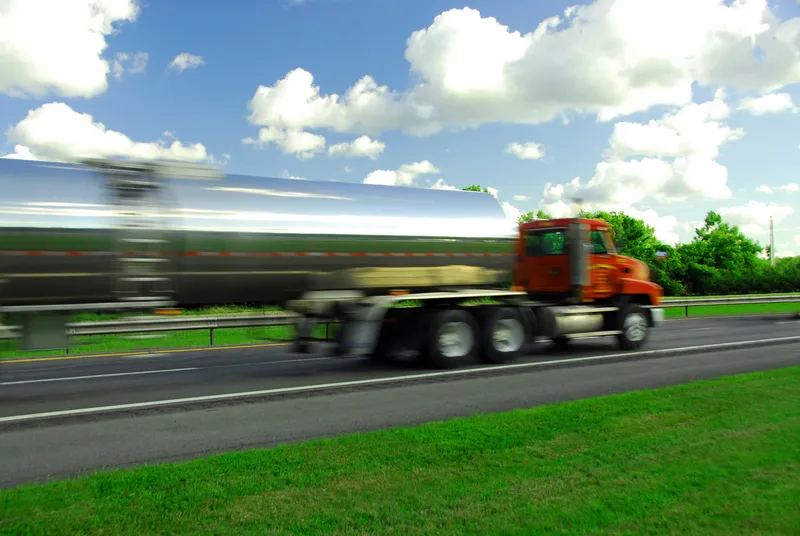
It's apparent that a preclearance system like Green Light benefits truckers as, obviously, it's a waste of time and money for them to stop at weigh stations. The State of Oregon and its regulators clearly benefit, too, because as more trucks are screened and kept on the mainline, weigh station operators have more time for trucks likely to have a size, weight or safety problem. Preclearance even yields obvious global benefits by reducing greenhouse gases.
While all that's apparent, Oregon has actually quantified the gains realised through Green Light.
Project:
Green Light Weigh Station Preclearance System - Oregon
Cost:
$25 million (initial capital cost) for 21 systems
ROI:
$14.7 million in truck operating costs, over $600,000 in fuel savings and 125,000 hours of travel time saved per year
Benefits:
Additional 1.5 million trucks annually weighed, screened and signalled to go past weigh stations
Less particulate matter (0.5 tons), less hydrocarbons (1 ton), less carbon monoxide (2.4 tons), less nitrogen oxides (8 tons), and less carbon dioxide (1,300 metric tons) emitted by trucks each year.
Savings for truckers
In 2004, the American Trucking Associations examined the fixed costs of operating a heavy truck and found it amounts to $2.80 per mile. That includes 0.551 for driver wages, 0.804 for other wages and benefits, 0.198 for fuel, and 0.651 in equipment rents and purchased transportation. Based on their estimate that trucks average 42mph from point of origin to delivery, the $2.80 per mile cost is equivalent to $1.96 per minute. That means if a truck spends five minutes stopping at a weigh station, Green Light saves truckers $14.7 million in operating costs and 125,000 hours of travel time when it enables them to avoid 1.5 million stops.
Savings for the state
Preclearance systems boost a weigh station's capacity without physically expanding the facility. Were it not for Green Light, 10 Oregon stations would need to extend off-ramps and add static scales at a cost of over $2 million per site. Another five stations would become obsolete because there's no room to expand them. Instead of those sizeable costs, Oregon maintains its preclearance systems for $150,000 per year, plus the cost of parts.Green Light protects the public's investment in roads and bridges. Overweight trucks annually cause an estimated $670 million in pavement damage to the US's highways. Oregon State University researchers estimate that Green Light saves Oregon $20 million a year.
Global savings
Oregon Department of Environmental Quality tests show that trucks are far less polluting and far more fuel efficient when they don't stop at weigh stations. There's a 36-67 per cent reduction in pollutants and a 57 per cent increase in fuel economy when trucks avoid decelerating and accelerating to enter and exit a station.
Because Green Light annually allows 1.5 million trucks to avoid weigh station stops, Oregon skies are subjected to 0.5 tons less particulate matter, 1 ton less hydrocarbons, 2.4 tons less carbon monoxide, 8 tons less nitrogen oxides, and 1,300 metric tons less carbon dioxide. All this, plus over $600,000 in fuel savings.
Oregon size and weight enforcement
With 87 weigh stations, including six Ports of Entry and dozens of sites for portable weighing operations, Oregon annually weighs over 2 million trucks on static scales and another 1.5 million on Green Light weigh-in-motion scales. This size and weight enforcement effort protects the transportation infrastructure while assisting in collection of the state's weight-mile tax. Auditors use records of when trucks crossed scales to verify highway-use tax reports. The weight and distance tax applies to all trucks over 26,000lbs. They pay no fuel tax for travel in Oregon. The leadership taken by Oregon DOT to work in partnership with IRD (
RSS









